
We collect basic website visitor information on this website and store it in cookies. We also utilize Google Analytics to track page view information to assist us in improving our website.
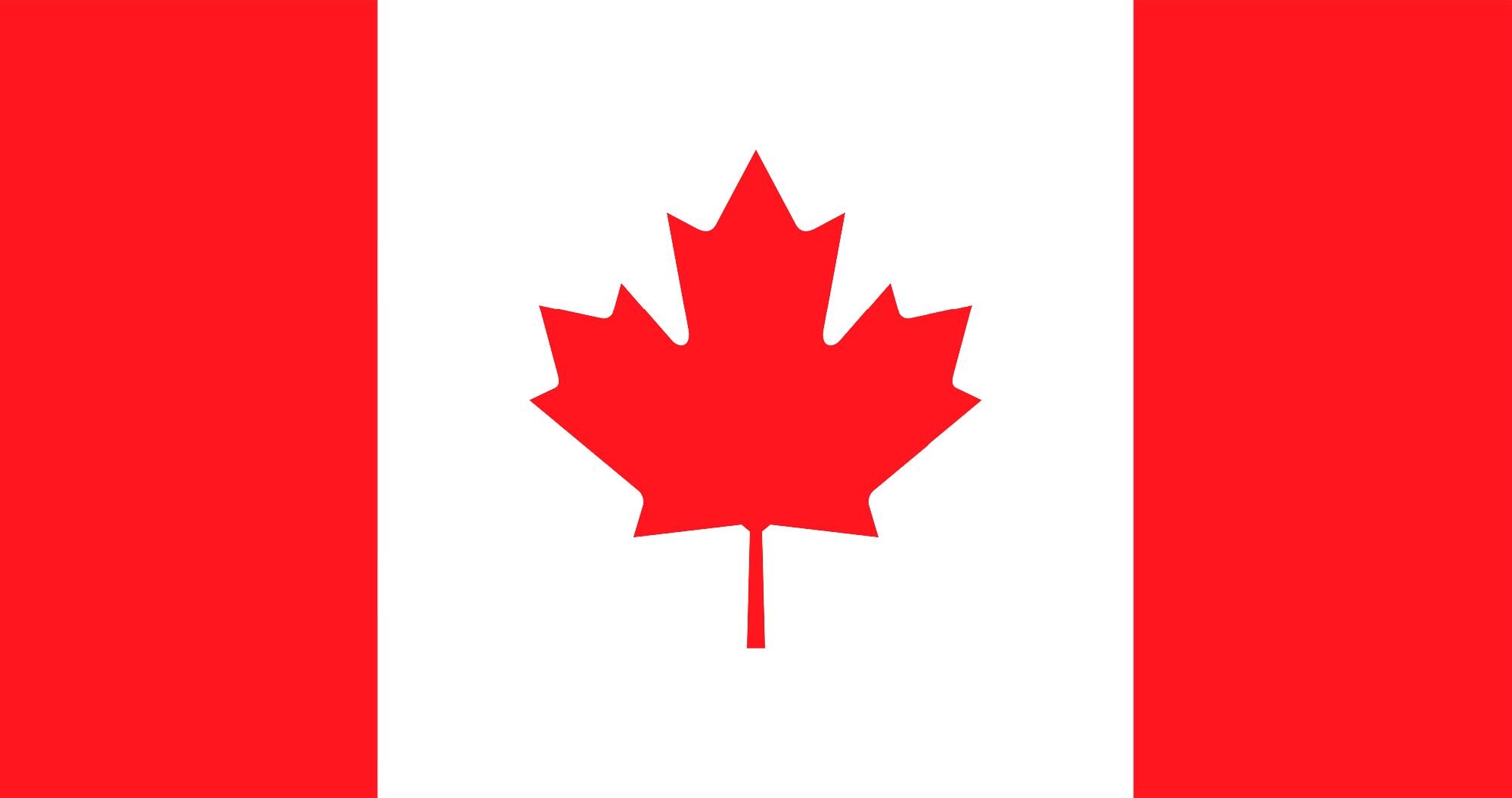 Show your Canadian pride with our Canada-Themed Displays >>
Show your Canadian pride with our Canada-Themed Displays >> 
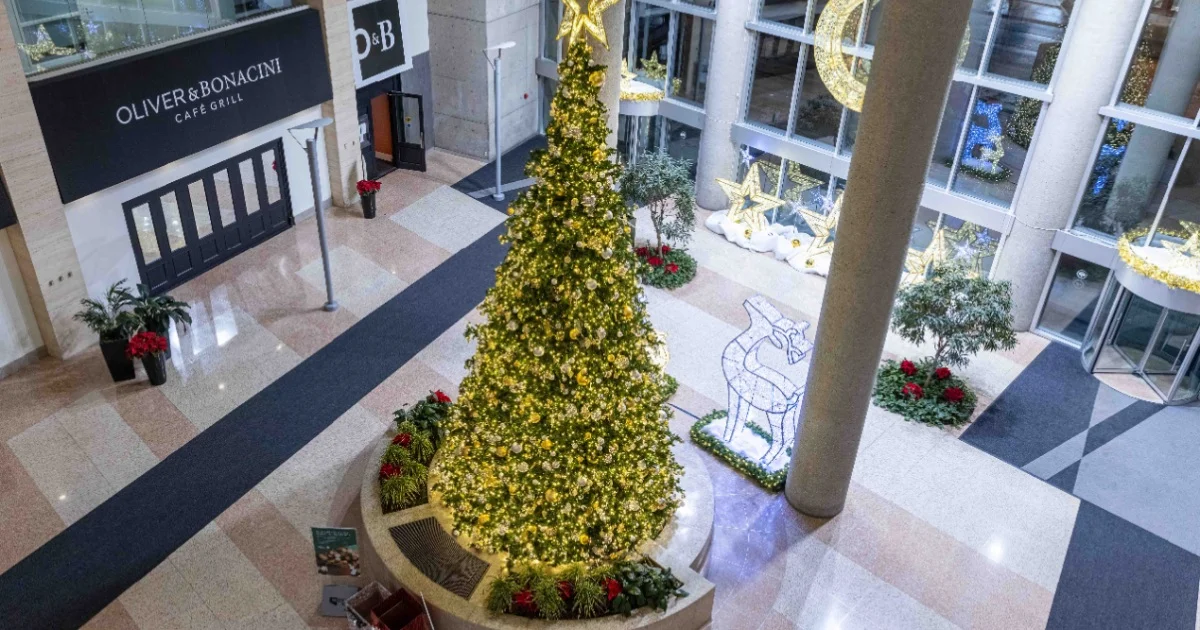
Sure, the winter holidays might seem like they're ages away now… but once that snowball gets rolling, it doesn't slow down! The clock is already ticking to get your commercial holiday displays planned ahead of time.
With holiday displays popping up earlier and earlier each year (a trend known as 'holiday creep'), early planning means you’re ready to launch your festive experience right when your competitors do (or even get a head start!)
So, let's talk about how getting a jump on this now saves you trouble down the road and sets your team up for success. You can look forward to a smoother process, more creative choices and, ultimately, a commercial holiday display that brings real joy and sparkle to your community, customers, and visitors!
A lot of what we do here at Classic Displays involves custom-made holiday decorations (and we’ll talk about those soon), but most commercial displays involve more than just big, custom pieces. Think holiday lighting and accessories, garlands, site furniture, and banners. These supporting pieces are just as important as the main event for setting the scene and creating that perfect holiday atmosphere and making your space feel complete.
Popular ready-to-go items like these disappear quickly as the holidays get closer. If you wait until fall, you'll likely find a limited selection, making it harder to bring your vision for your display to life.
Start planning your commercial displays now and you’ll avoid that last-minute scramble for what's left. You'll have the best pick of everything you need to design the truly unique and captivating experience you're aiming for. Your patrons will definitely notice the extra care and attention to detail!
Now, custom displays are what really take your holiday display to the next level. We love working with our clients to brainstorm, design, and build unique pieces that transform your venue into a destination – the kind of place that natural draws crowds and positive social media buzz.
What often comes as a surprise is that planning for these custom creations, particularly impressive, jumbo-sized pieces (like this magical Rope Light Dragon or this snowstopping Tim Hortons light display), usually needs to begin more than a year out. The bigger or more intricate the design, the more production lead time is required.
Getting the ball rolling on these one-of-a-kind designs now means there's many opportunities for detailed creative discussions and several rounds of design revisions, all without the stress of a fast-approaching deadline. If the first ideas need adjusting or a complete rethink, there’s plenty of breathing room to get it right without risking delays.
It’s this level of thought and care that goes into creating truly classic holiday displays!
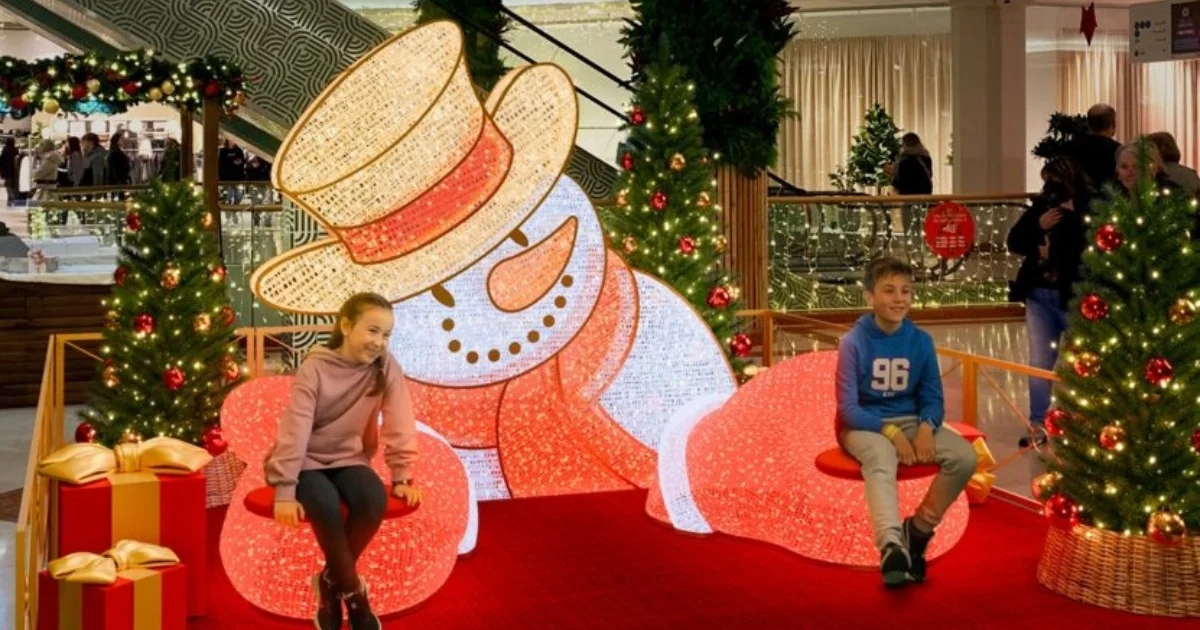
Part of our process here at Classic Displays is a comprehensive on-site evaluation of your space. This process combines creative vision for your space with practical considerations, like taking careful measurements and using an expert eye to spot often-overlooked potential hurdles. For instance, we look closely at:
Ceiling factors: Not just the height, but also load-bearing capacity, existing fixtures (like lights or sprinklers), and any obstructions such as CCTV cameras, HVAC units, or emergency exit signs.
Available floor space: This needs to properly account for customer foot traffic, clear emergency exit paths, and all accessibility requirements.
Power sources: We check the location of your electrical supply and ensure its adequate for the planned display.
Equipment access: It's important to identify any potential issues for bringing in installation equipment, such as lifts or scaffolding, including things like floor load limits or narrow doorways.
These points aren't necessarily deal-breakers; they often just need some smart problem-solving (which, honestly, can be half the fun!). But the real key is addressing any potential snags early in the game, not at the last minute when you're up against a tight deadline.
If your holiday display is going outdoors, you'll likely need to navigate a few extra logistical steps. This can include securing a permit from your local town or city. You’ll also need to plan for electrical tie-ins and may need to adjust your display design to meet public safety and accessibility requirements before any permissions are granted.
While permits are clearly important for everyone's safety and enjoyment, getting one isn't always a quick process. Depending on your location, it can take weeks or even months. So, working out those specifics with your supplier early on means you can get the permit process started sooner, ensuring all logistics are handled in good time.
Beyond permits, there are other logistics. Installing a large commercial holiday display often calls for specialized equipment, like a crane or a lift (cherry-picker). Booking this equipment well in advance is a smart move because it gives you flexibility to schedule installation and takedown at times that cause the least disruption to shoppers and other tenants.
Finding room in the budget for holiday displays often means planning months ahead, usually coinciding with the start of your organization's fiscal year (which, of course, varies and isn't always January 1st). Committing to your holiday display budget early on gives you a leg up.
Early planning gives you ample time to research and gather multiple estimates from various suppliers. This preparation helps you avoid rushed decisions made under pressure, which can easily strain the budget. Last-minute orders and expedited shipping for materials or custom-built pieces are notorious budget-busters.
Pst… Some suppliers and design companies also offer more favourable estimates or early-bird bonuses for contracts confirmed well in advance!
Let’s be honest: Planning a large-scale commercial holiday display that will be seen by thousands does will always come with its share of stress. With so many parts and details to coordinate, challenges are bound to arise.
However, when you finalize your display plans well before the holiday rush, you and your team are much better equipped to handle any bumps in the road. Getting details ironed out now frees your staff to concentrate on other important tasks during that hectic holiday period (a notoriously busy time for any commercial operation!).
In our experience, planning without the intense pressure of looming deadlines also allows creativity to really shine. It gives you breathing room to explore different ideas and creative directions. You won’t be forced to just run with the first concept simply because there’s no time for second-guessing. Instead, you can collaborate with a dedicated creative team to develop an absolutely stunning design that will dazzle your patrons.
Ultimately, this foresight makes for a better holiday season all around – for your patrons, your staff, and you – with a lot less stress and a lot more cheer!
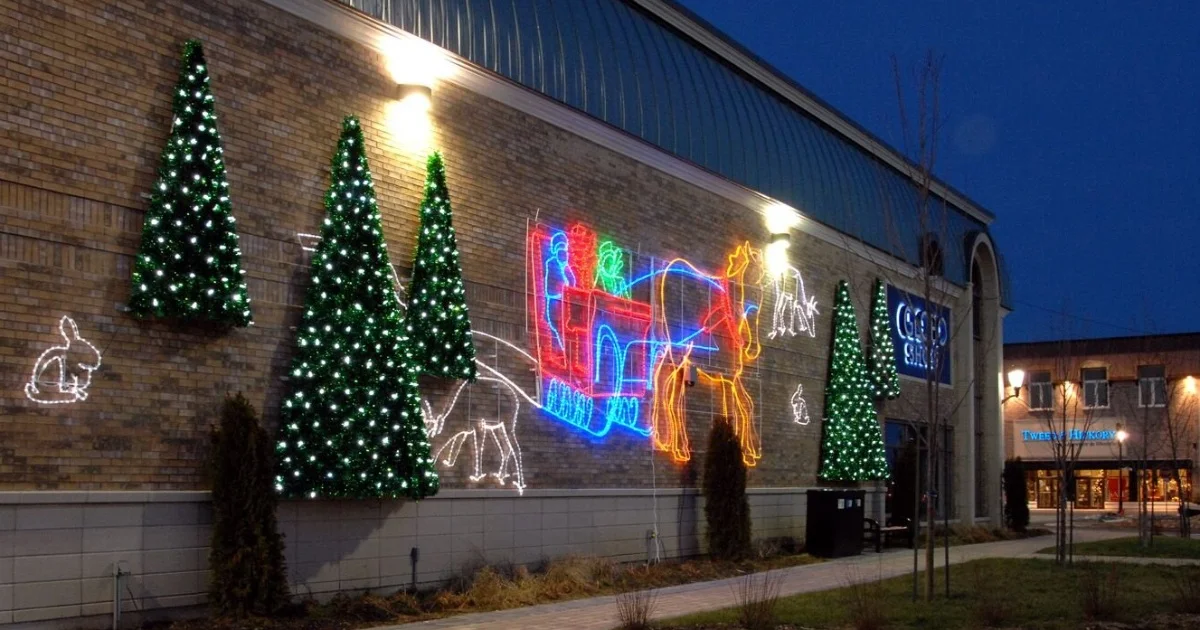
So, to quickly sum up why planning your commercial holiday displays now:
Instead of picking through the leftovers later… You get the absolute widest and best selection of lights, banners, site furniture, and all the other essentials for your display.
While other venues feature the same generic décor from big box stores… You’ll have totally unique, spectacular custom pieces that make your location stand out.
Instead of stressing over that moment when a display arrives and doesn’t quite work… You’ll have complete confidence that your holiday setup is perfectly suited for your venue, with no need for last-minute fixes or compromises.
By the time the holiday hustle and bustle are truly in full swing… You’ll have all your logistics firmly sorted and ready to go.
When it's time for those year-end budget discussions… You won’t find yourself having to explain why the holiday campaign went way over budget.
And at the end of the day, despite the general chaos of the holiday season… Your display planning process will have been smooth and low stress for both you and your team.
So, what are you waiting for? Whether you have a clear vision already or are looking for some guidance to transform, now’s the perfect time to start planning your commercial holiday display!
Our creative team at Classic Displays has the experience to help bring it all to life. We’ve served 350+ municipalities, 150+ BIA groups, and countless commercial properties like yours – and we’re standing by to help you too. Connect with us to start planning today!
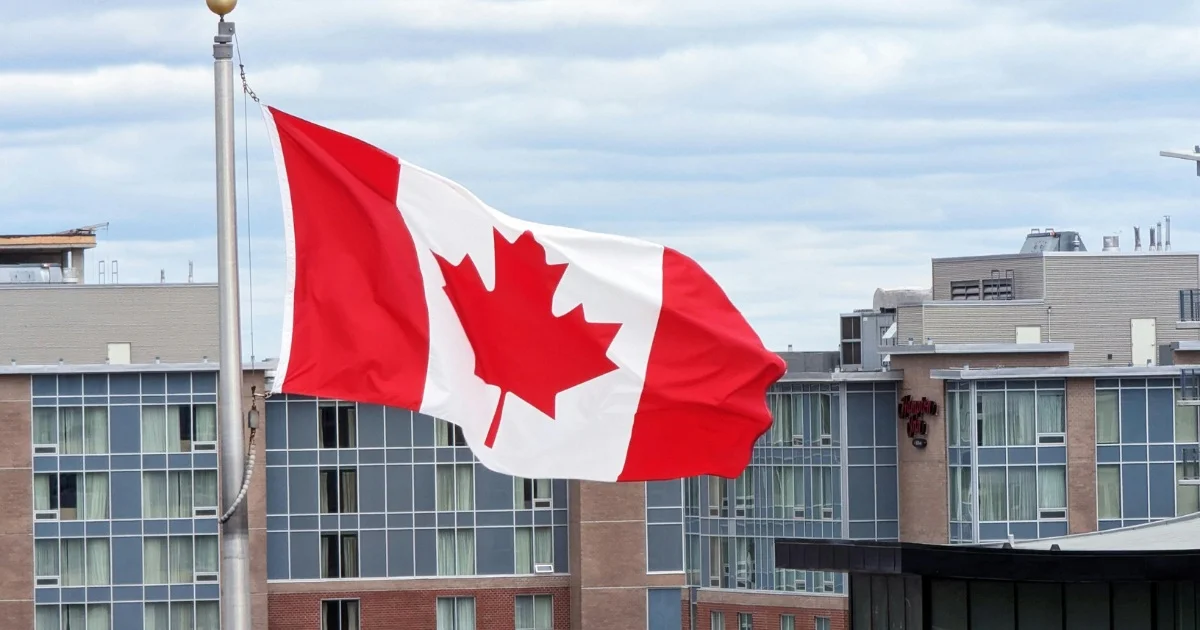
How you choose to fly your Canadian flags isn’t dictated by law, but depending on the situation and application, there is a lot of etiquette involved. Whether it’s for an important ceremony or you just want to add a patriotic touch to your home, let’s talk about Canada flag etiquette and the surprising rules you probably didn’t know.
Many Canadians are as patriotic as they come, so knowing how to properly hang a flag, based on time and location, is important. Don't worry, Classic Displays is here to provide you with all the Canadian flag etiquette!
Let’s go through the surprising rules of Canadian flag etiquette you might not know.
You can fly the National Flag of Canada at any time, day or night. Unlike some flags, it doesn’t need to be lit after sunset. When it comes to displaying a Canadian flag from the home or office, the rules aren’t as intimidating as you think:
When displaying your Canadian flag, it’s best to make sure that you put it in a central place that really highlights its honour. If you want to pair the Canadian flag with other banners, it’s probably best to have it displayed higher than the rest; however, this can change based on the celebration or circumstance.
Make sure your flag is always hung upright, with the maple leaf facing outwards and clearly visible. Hanging the flag improperly looks not only sloppy but also disrespectful, depending on who you ask. While it’s unlikely you’ll be ousted from the community with pitchforks for hanging a flag improperly from your home property, other scenarios, such as government speaking arrangements, are another story.
Make sure you’re using an undamaged material that can withstand the unreliable Ontario weather. Also, ensure the flag proportions are correct: the flag's width should be twice its height.
In Canada, the National Flag must be flown at all federal buildings, military bases (in and outside of the country), as well as airports. Here is a more detailed list of buildings and locations that are required to display the Canadian Flag:
Federal Government Buildings
This includes parliament buildings such as the Senate and House of Commons, as well as Federal administrative offices.
Crown Corporations
This includes headquarters and offices owned by federal corporations.
Military Installations
This includes bases and headquarters of the Canadian Armed Forces.
Canadian Embassies, High Commissions, and Consulates
This includes all diplomatic missions abroad, meaning all missions are required to display Canada’s National Flag.
Royal Canadian Mounted Police (RCMP) Buildings
This includes RCMP headquarters and other major facilities.
National Museums and Historic Sites
And finally, all facilities operated by Parks Canada and national museums.
The position of the Canadian flag is important when it comes to practicing proper etiquette. While some of these steps may seem relatively simple, they're still important to note, especially if you're not in the know!
When you want to fly a flag horizontally, the Canadian National Flag is always flown with the central maple leaf pointing upwards. When you want to fly a flag vertically, the Canadian National Flag is always flown with the central maple leaf pointing upwards.
Flying the Canadian flag upside down is considered generally disrespectful, unless in very specific, internationally recognized circumstances. According to the Government of Canada, the only time the flag should be flown upside down is to signal "international distress in instances of extreme danger to life." Occasionally, the flag may be flown upside down as a sign of protest.
However, in what cases would you display a flag horizontally? Take a look at Classic Display’s Horizontal Canada Flag Street Pole Banner: it’s the perfect patriotic decoration. They can also be flown like this on a flag pole for specific occasions, such as sporting events or other official celebrations.
When hanging the National Flag vertically, the flag itself needs to be positioned so that the upper area of the leaf is pointing to the left, ensuring it's visible to those standing and facing the flag. Flying the flag in this manner ensures the canton (the most important part of the flag) faces the top left corner. This is a position of honour, and is generally considered proper flag etiquette.
The Canadian flag must always be flown on its own designated flagpole, with the flag’s sleeve closest to the pole itself. As mentioned, the canton needs to be placed nearest the top of the pole/mast. The flag needs to be flown on its own flagpole because it’s considered poor etiquette to fly Canada’s National Flag alongside another, regardless of type, on the same pole. The flag CAN be flown alongside other flags, just not on the same pole.
There are three different types of flagpoles and applications you’ll commonly see:
Exterior permanent poles: Generally located outside of buildings, although they are occasionally featured on top of buildings or on proximate grounds. These flag poles need to be fitted with functional hoisting devices (halyard and pulley) so the flag is easy to raise, lower, and bring to half-mast.
Exterior portable flagpoles: Similar applications as mentioned above, paired with the convenience of being portable. These flag poles can be erected and dismantled as needed/based on season or celebration, and have a similar halyard and pulley system as permanent poles.
Interior flag poles: These you’ll often see during important government events or military speeches. These poles are also portable and are generally on a much smaller scale. They tend to have a base holding the pole upright, allowing the flag to drape.
Need a Canadian flag? Classic Displays offers durable Canadian flags in various dimensions to meet your needs.
(Available Sizes: 45 cm x 90 cm, 70 cm x 140 cm, 90 cm x 180 cm, 115 cm x 230 cm, 135 cm x 270 cm, 180 cm x 360 cm)
Flying a flag at half-mast has serious national significance. Flags flown at half-mast signify respect, as well as collective sorrow during times of national mourning. When the Canadian flag is flown at half-mast, it's the nation's way of recognizing significant loss and tragedy, while honouring those involved.
All of the National Flags are globally recognized and provide a visual representation of your country's sense of sorrow or pride, depending on the circumstance. This is why flag etiquette and education are essential.
The Government of Canada sees the half-masting of a flag as so significant that they've implemented rules for half-masting the Canadian flag, ensuring that the application is consistent across all federal buildings and installations. Provinces, territories, and municipalities across the country have subsequently adopted similar rules out of respect and honour.
The term “dipping the flag” generally refers to lowering a flag downward or even tilting it towards the ground. It’s a sign of respect during important military ceremonial contexts, generally when being carried by flag bearers. This is another example of a circumstance where portable flag poles or staffs are useful.
To avoid confusion, it’s important to note that the National Flag is NEVER dipped.
Instead, some of the flags that may be dipped during a military ceremony include:
Military Unit Standards and Colours
Flags of Allies or International Organizations
When looking at Canada’s specific historical practices, dipping the flag is generally only done during military ceremonies. Otherwise, there are no other notable contexts in Canada where dipping a flag is considered necessary or even customary.
The official etiquette of dipping the flag goes as follows: the flag bearers (carrying the flag so it flows horizontally) carefully lower flagstaffs or poles at a 45-degree angle. In some cases, the flags can also be lowered until they reach the ground.
However, in other ceremonial military contexts, when salutes are being given, the flag is never dipped and instead is allowed to fly freely. Flag bearers extend their hands to let the flag flow until the conclusion of the salute, where the flags are then gathered.
Now that we’ve gone through a lot of the historical significance, let’s explore some additional ways you can display the Canadian National Flag.
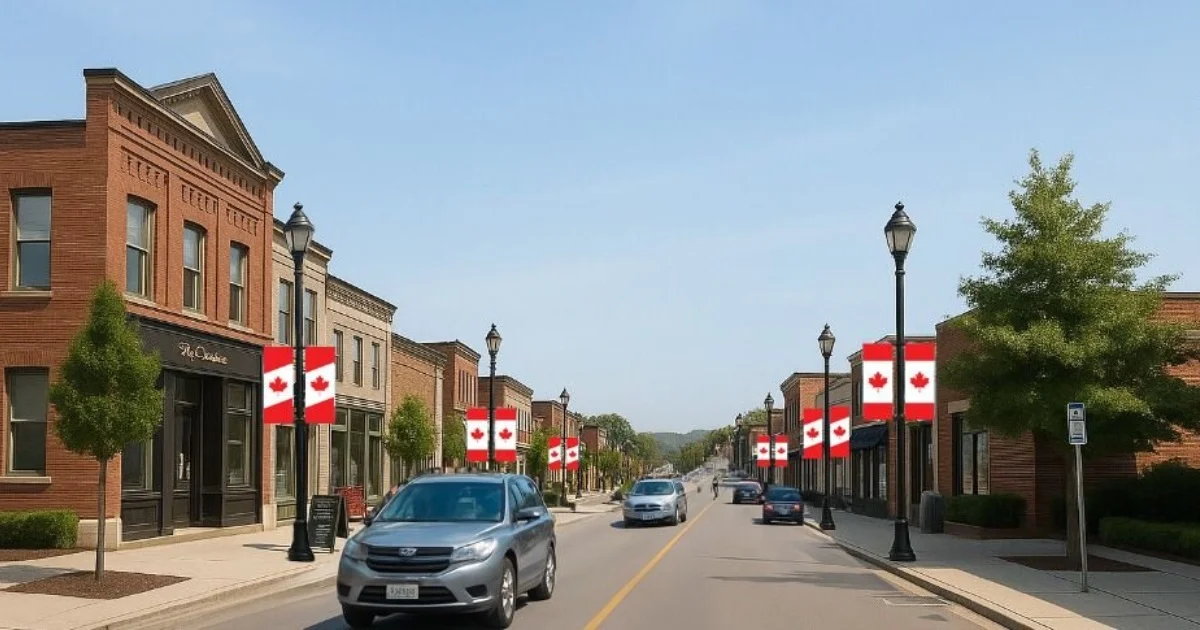
As Decor
There are plenty of Canadian-themed decorations and displays you can feature to show your patriotism without necessarily flying a Canadian flag. Classic Displays specializes in holiday displays, including Canadian-themed displays that are perfect for national holidays. These come with fewer historical rules. We also have an array of flags and banners to choose from!
On Your Car
When it comes to Canadian flag etiquette, the respective place of honour for flying the flag is the front right fender on the passenger's side. If you're flying the flag alone, this is the official spot for it.
On a Boat or Ship
Canadian ships and boats should fly the National Flag of Canada in its proper national colours, even if it's just a leisure watercraft. Canadian ships and boats should fly the National Flag of Canada in its proper national colours, even if it's just a leisure watercraft. Foreign vessels, on the other hand, can fly the Canadian flag as a means of courtesy when docking in a Canadian port. In this circumstance, the flag is traditionally flown from the foremast.
Flying Flags Alongside the National
As we mentioned, the National Flag of Canada should always be flown on its own flagpole. However, other flags can be flown next to the National Flag, including:
Indigenous Flags
Other National Flags
Municipal Flags
Organizational Flags (NATO, United Nations)
A proudly Canadian-owned and operated company, Classic Displays has been bringing magic to events for more than 46 years. Whether you need flags and banners or large light-up displays, we have everything you need to show your community you love Canada as much as we do! Contact us today.